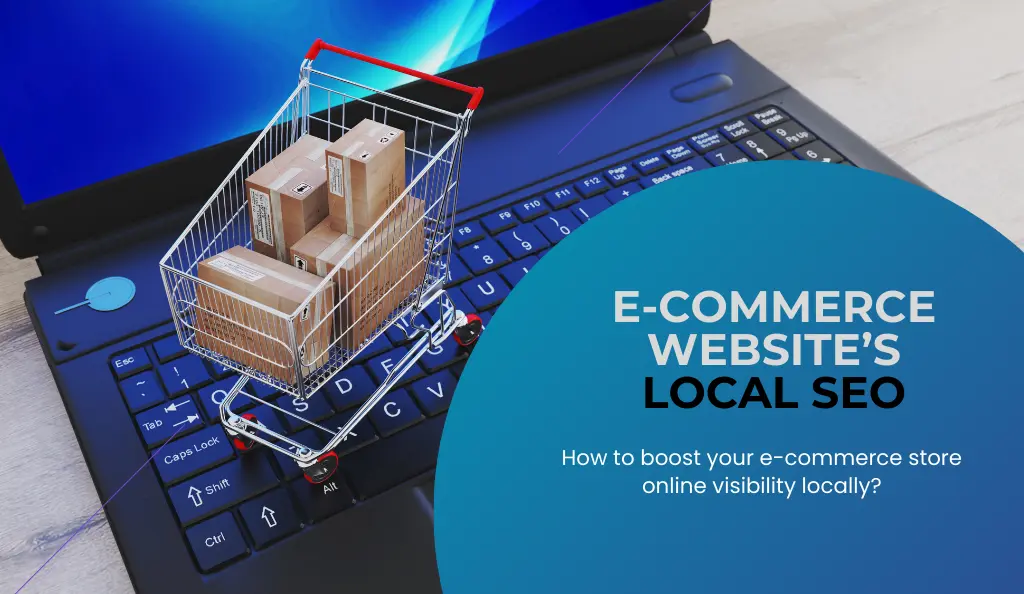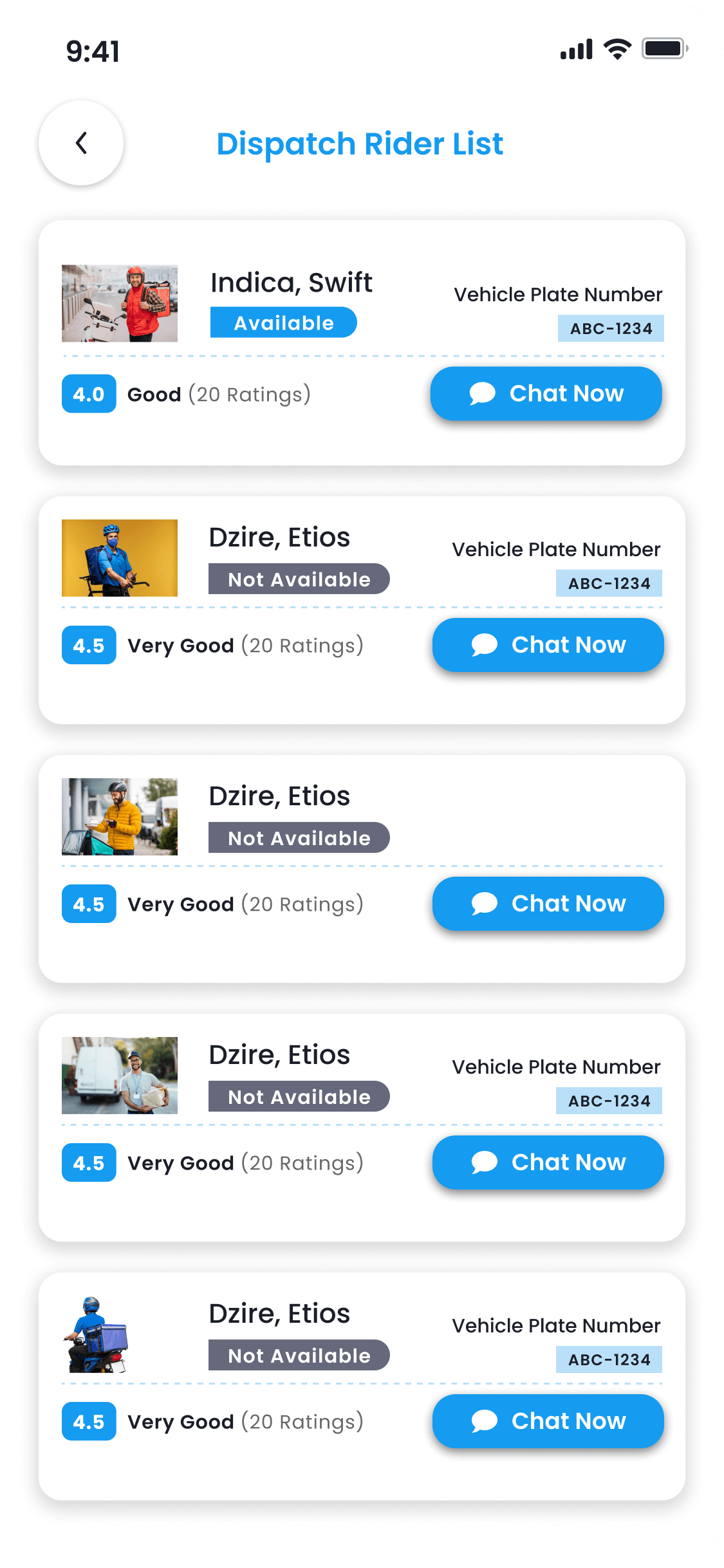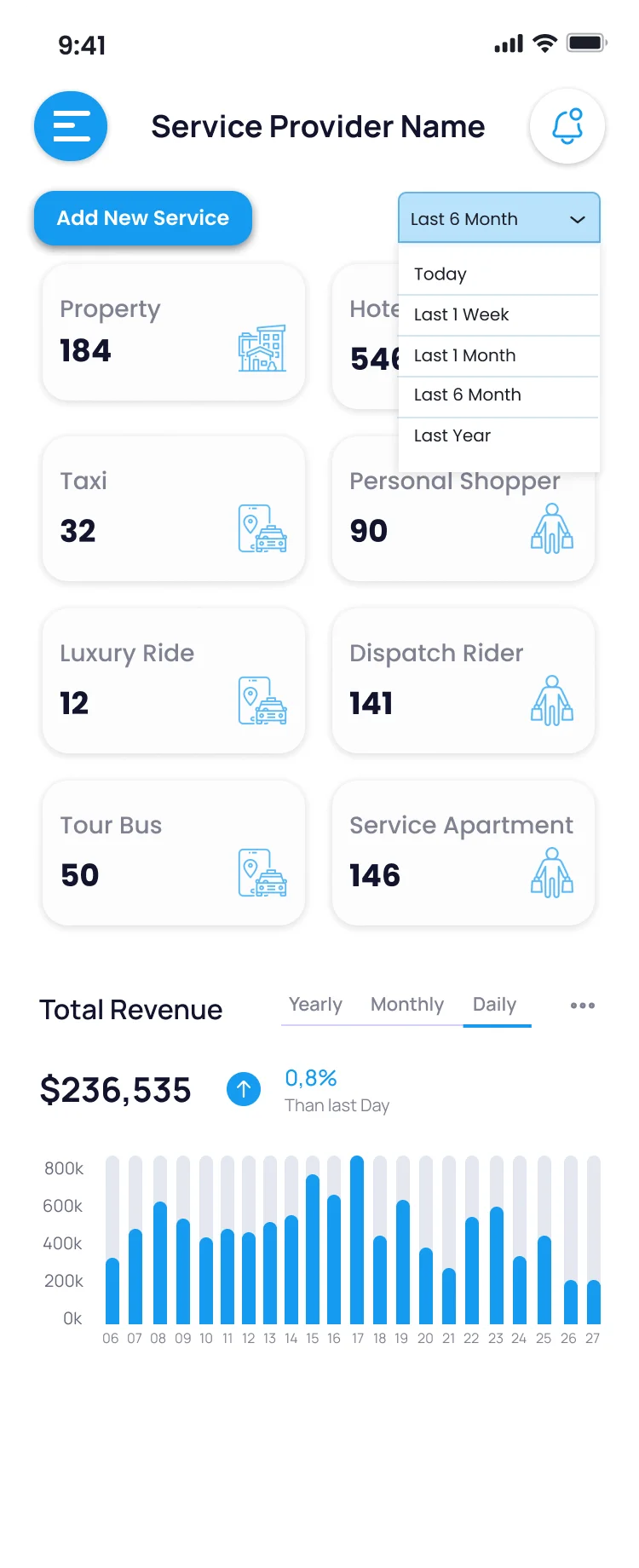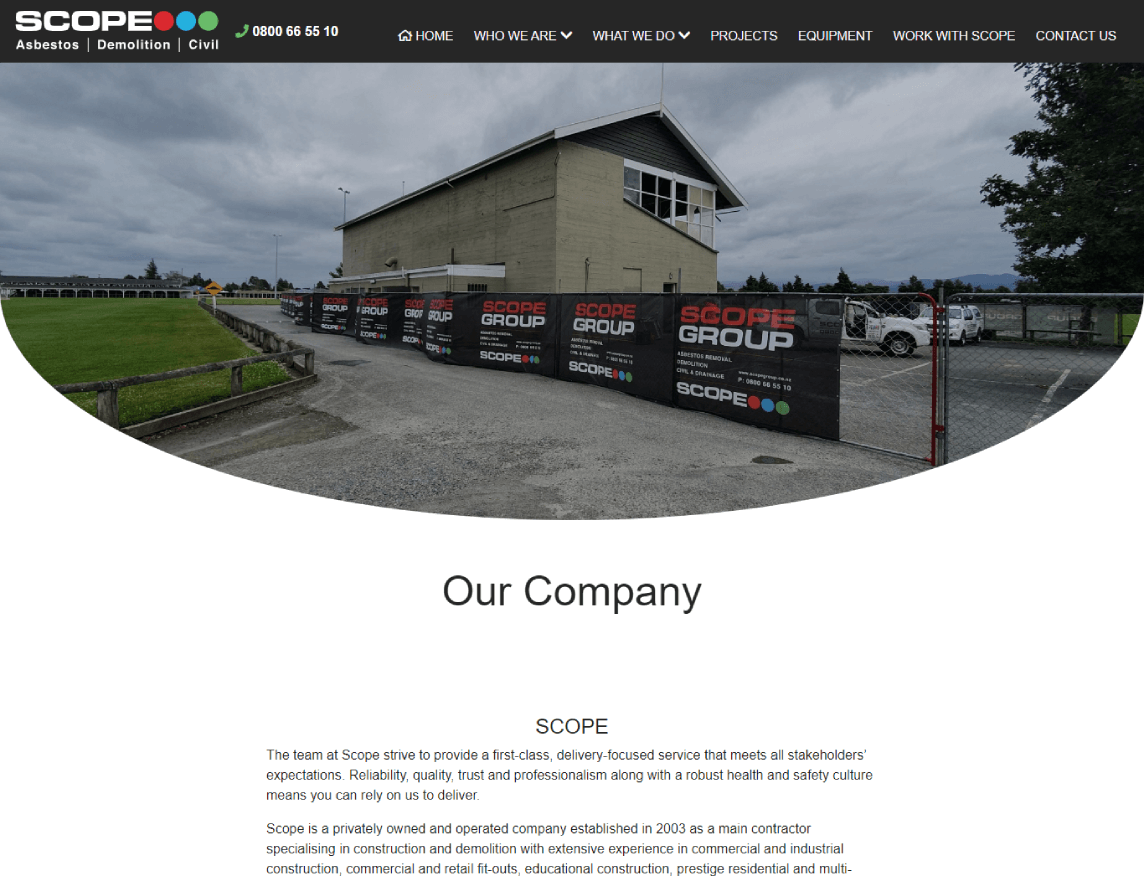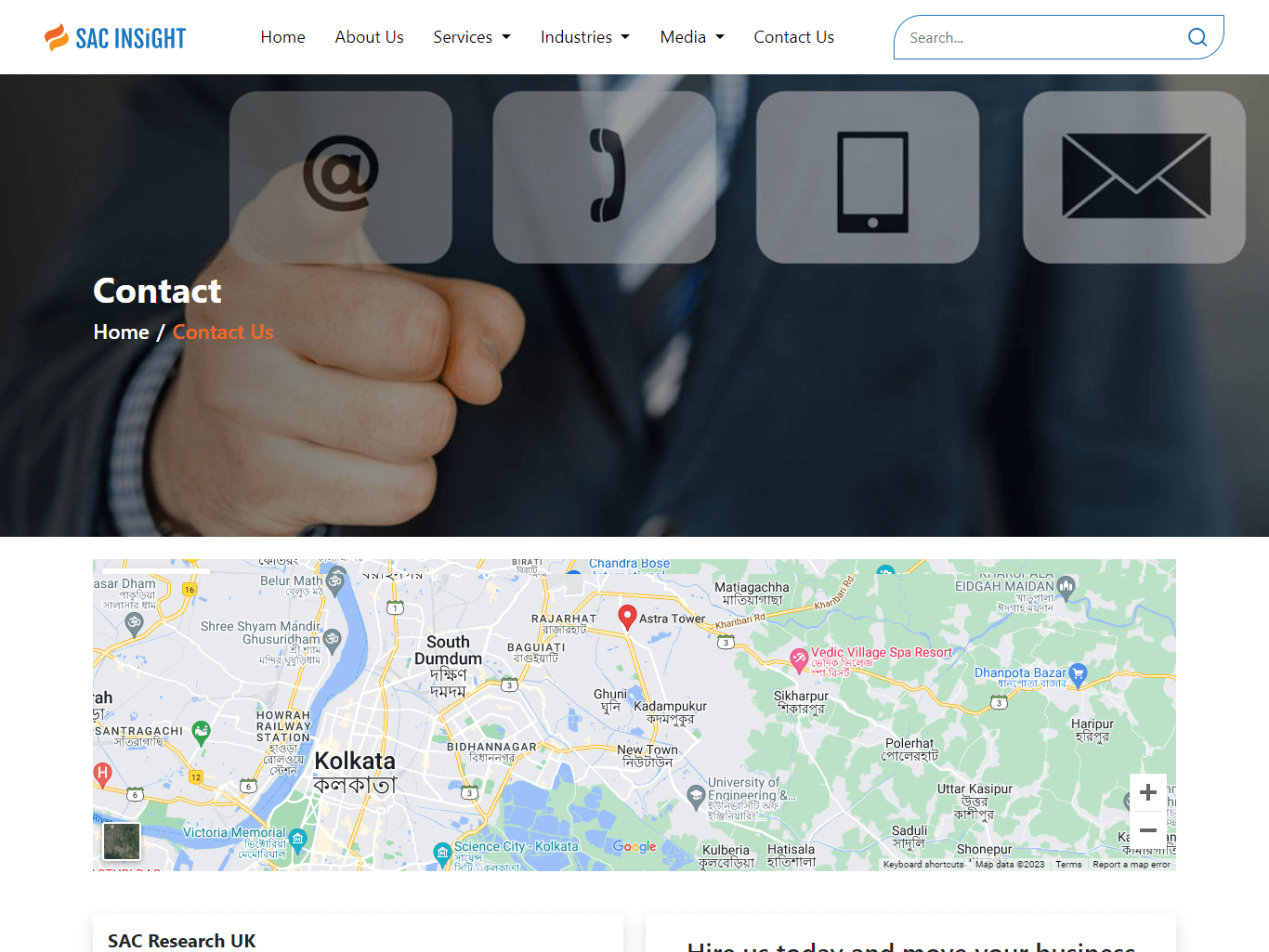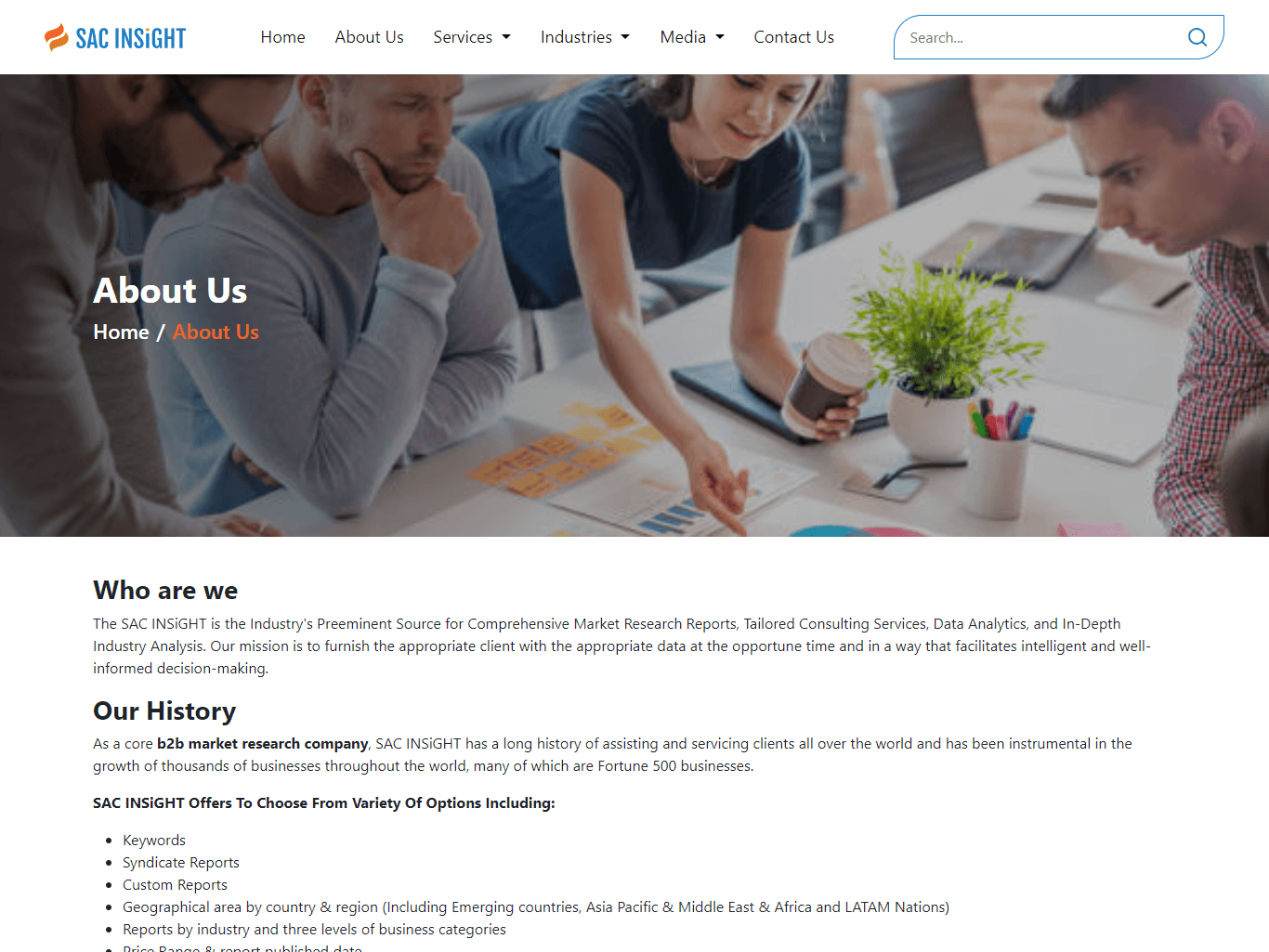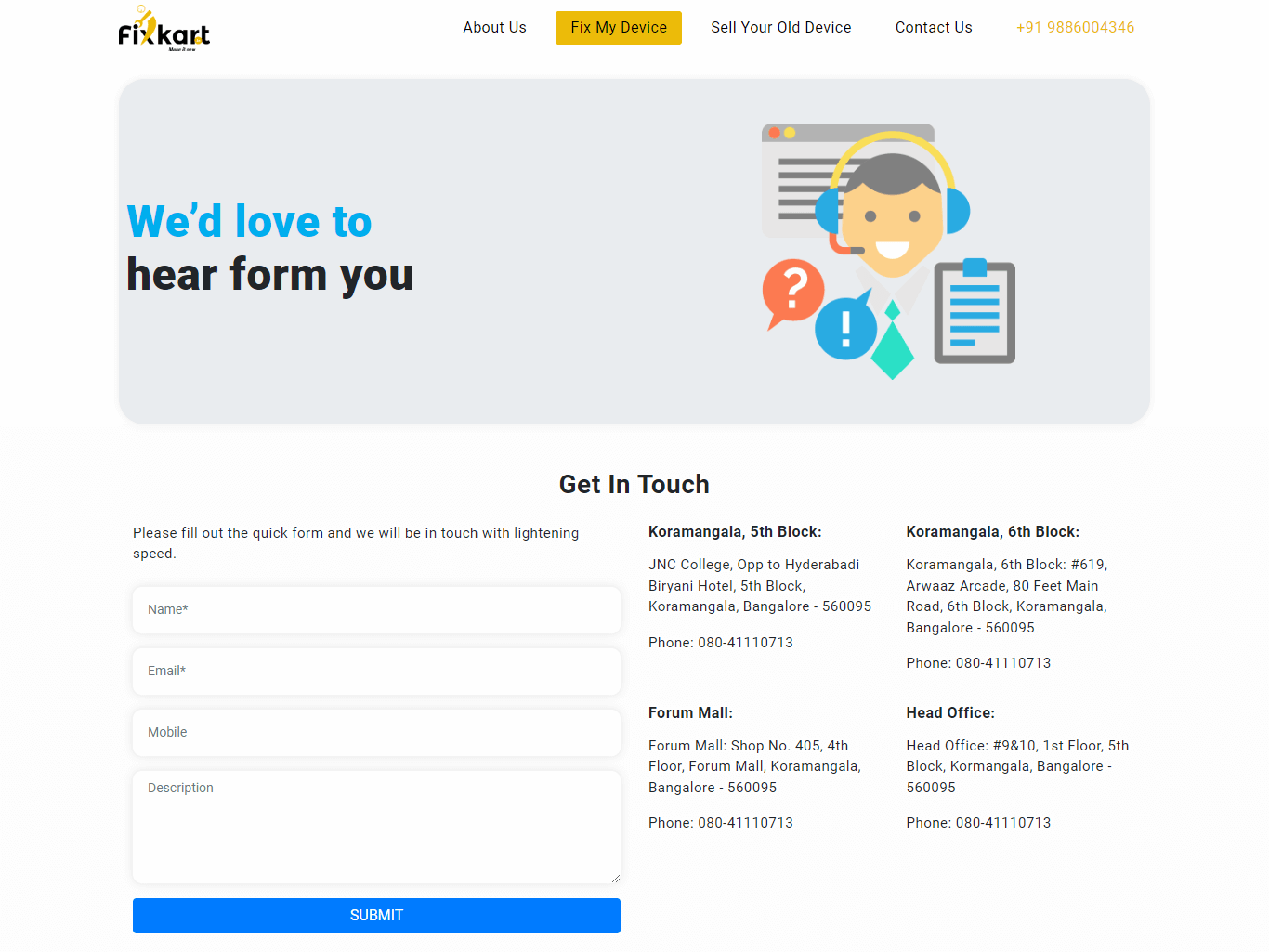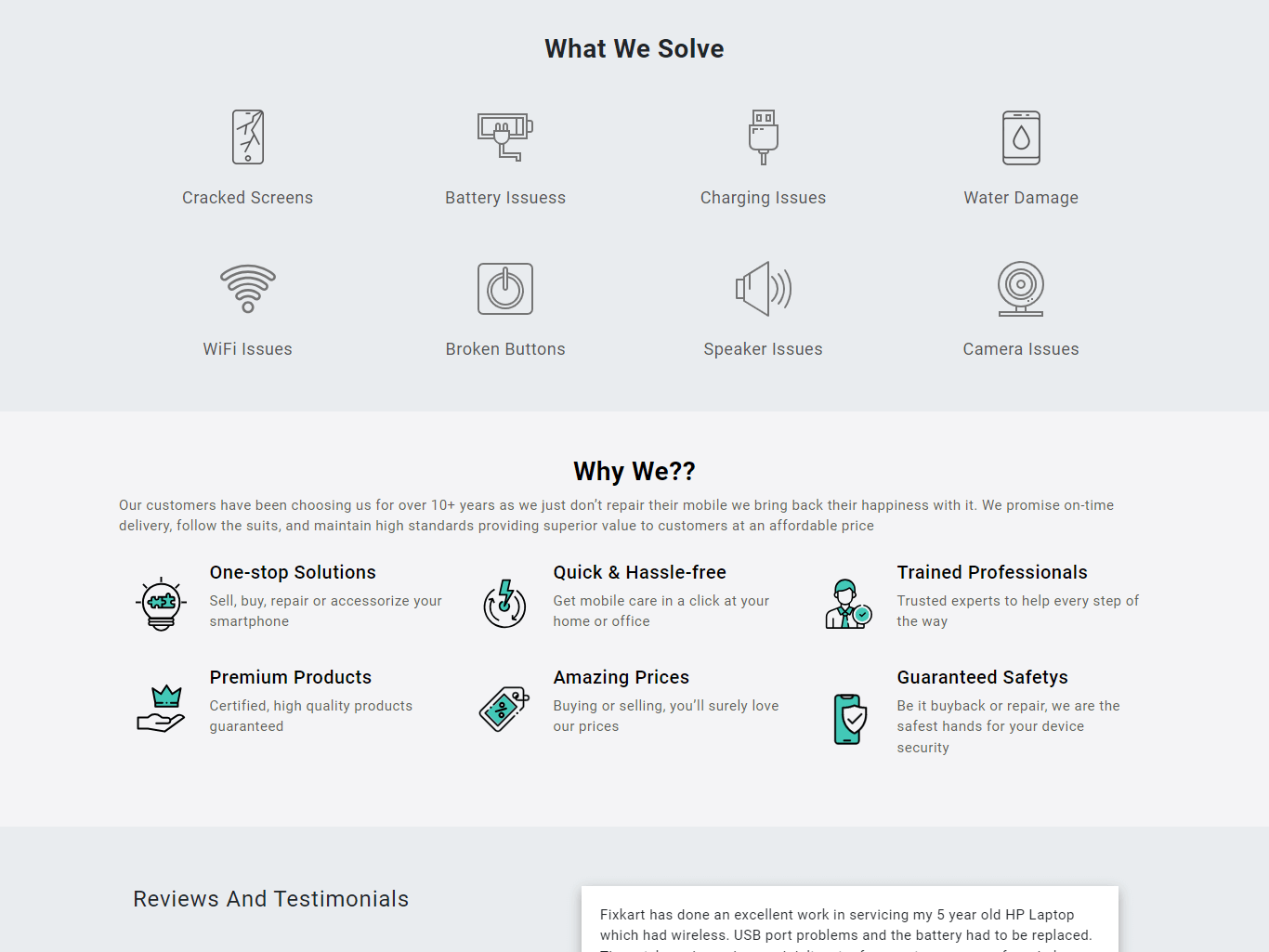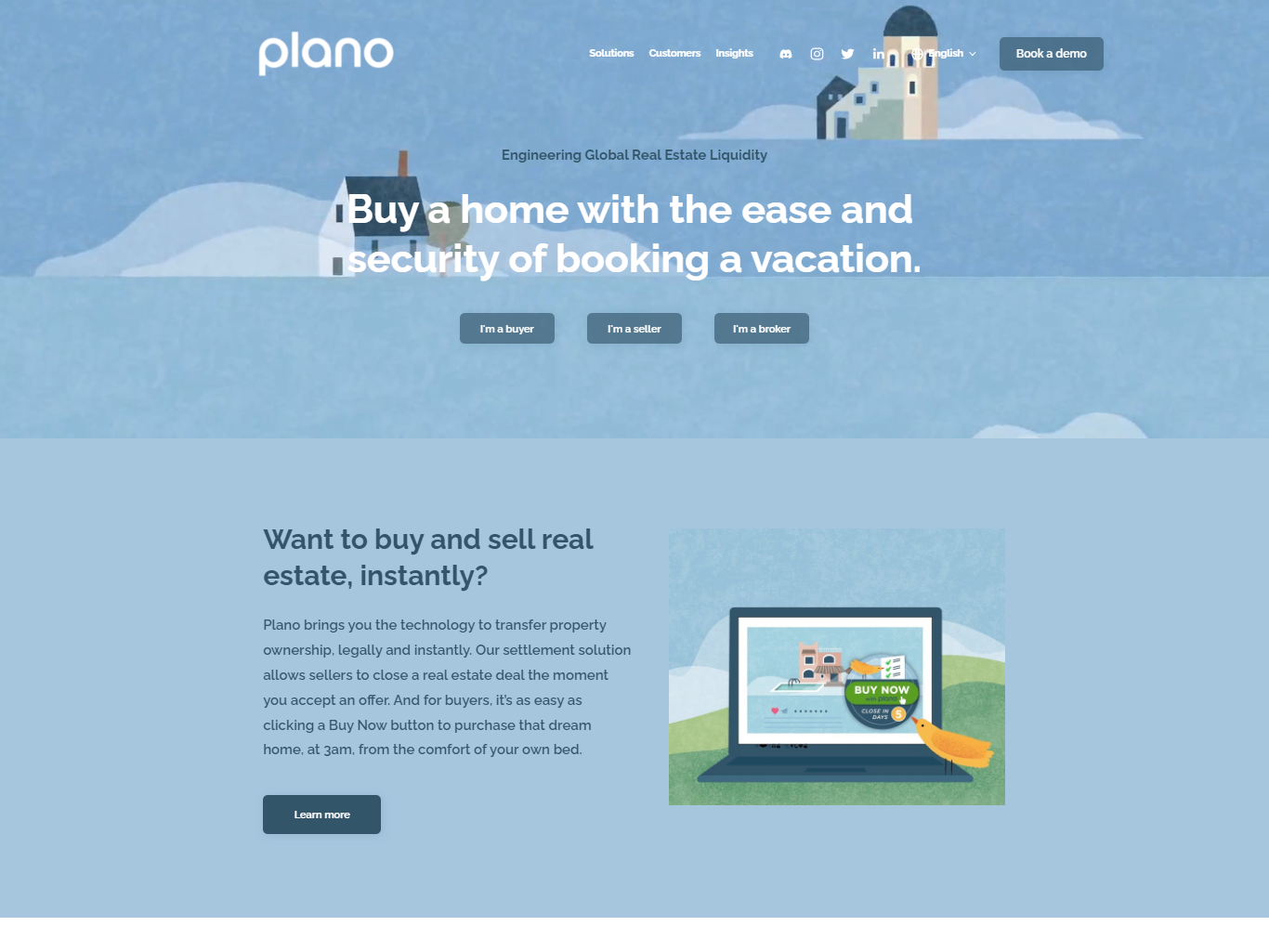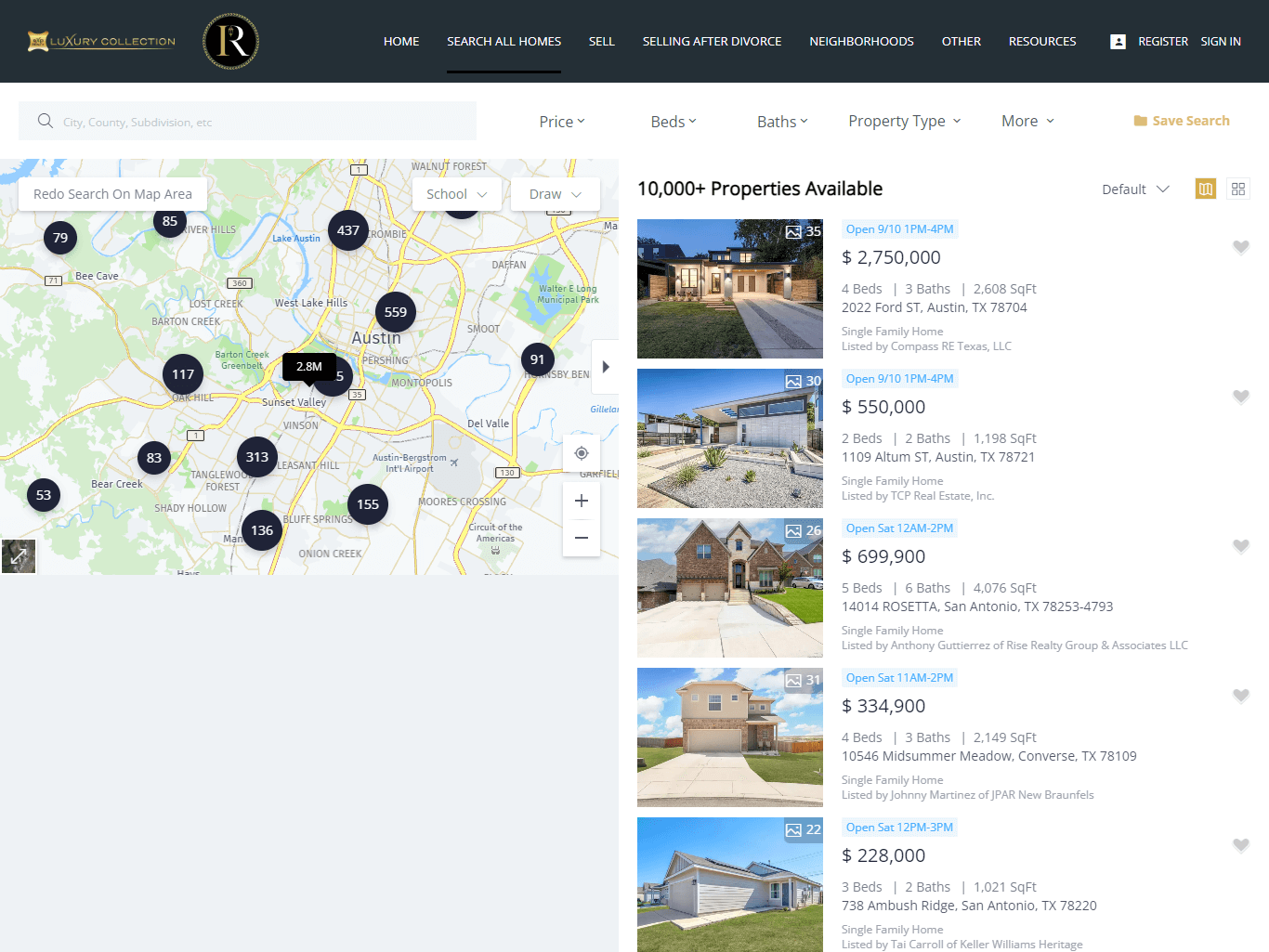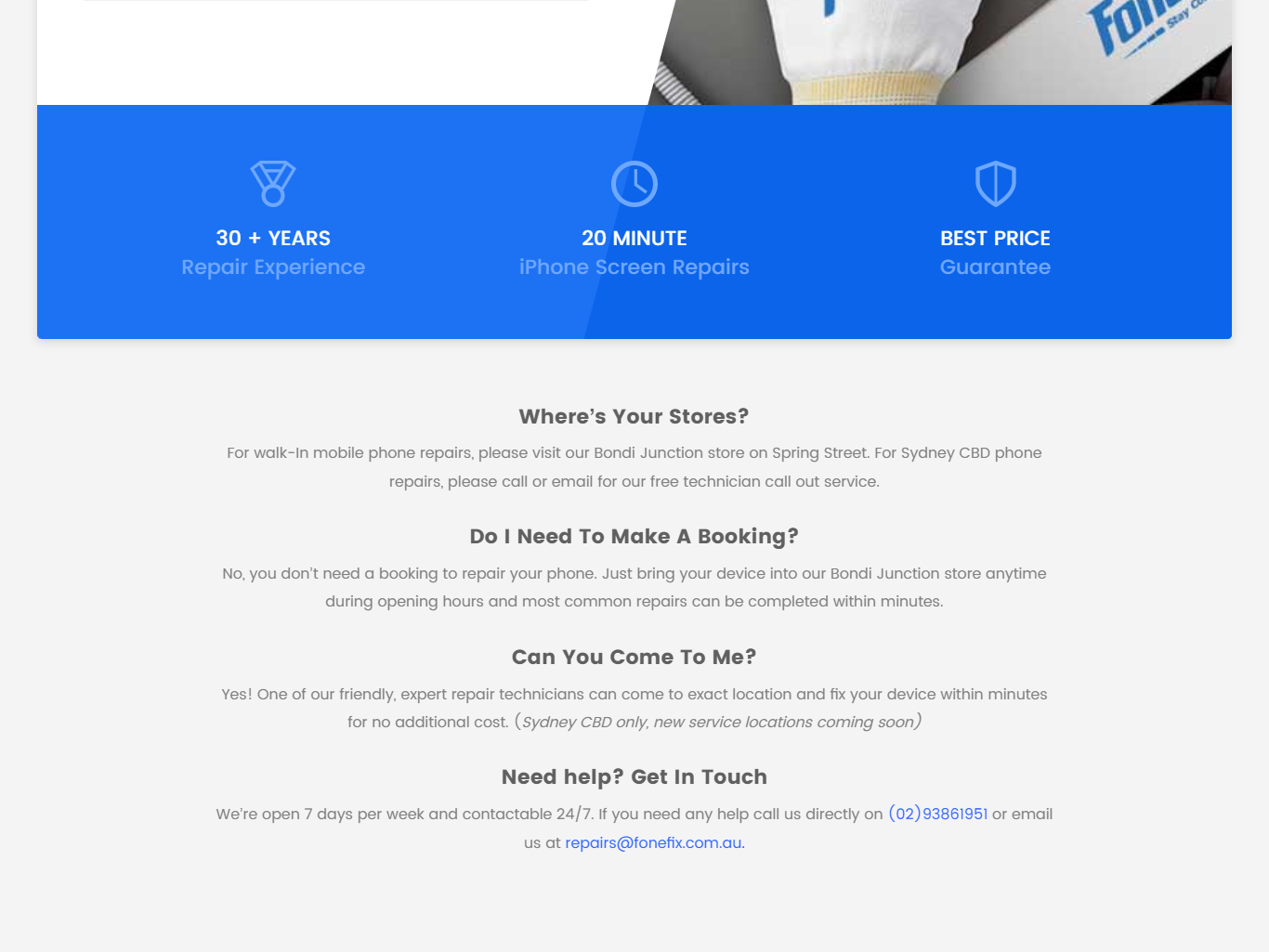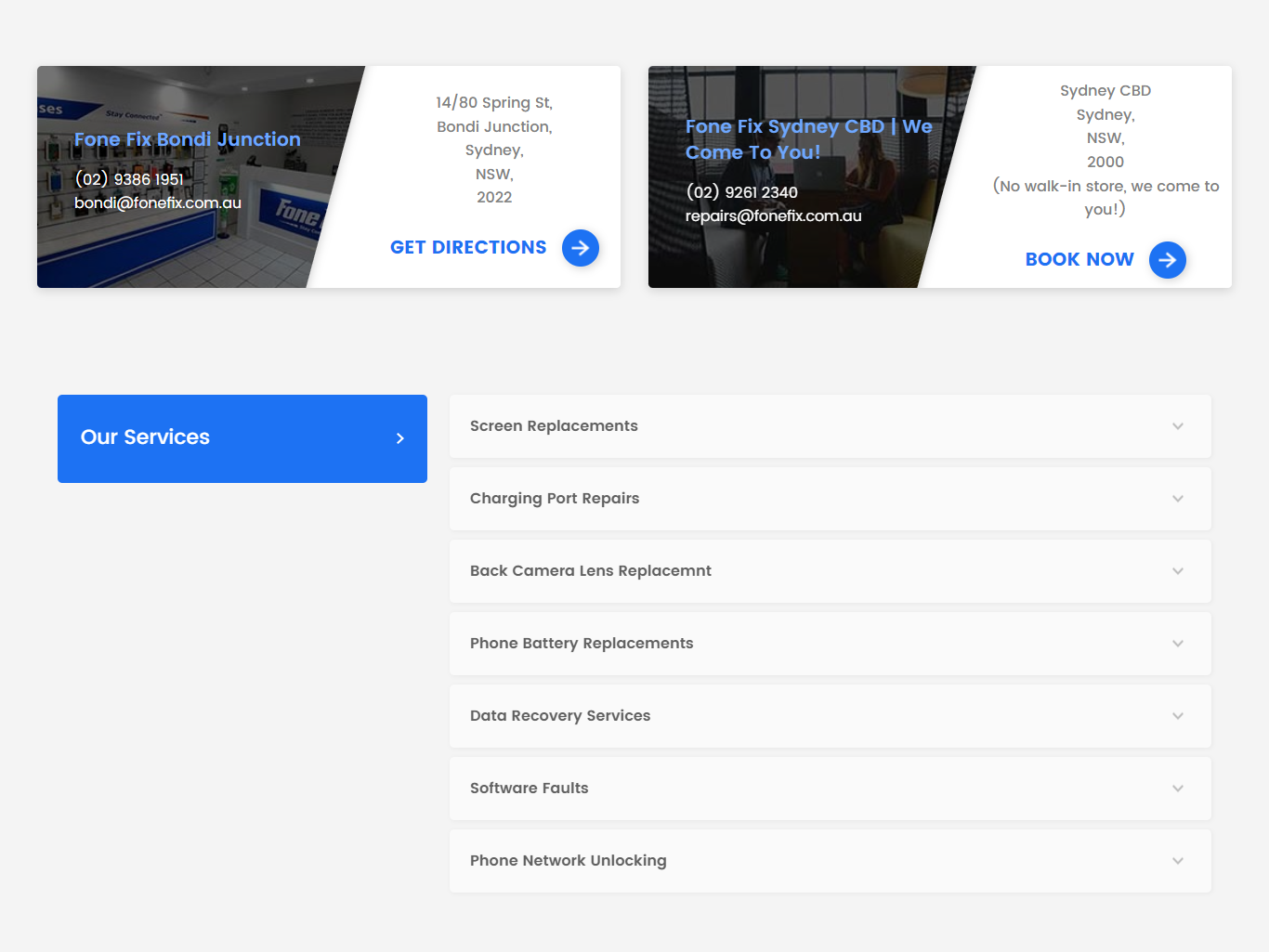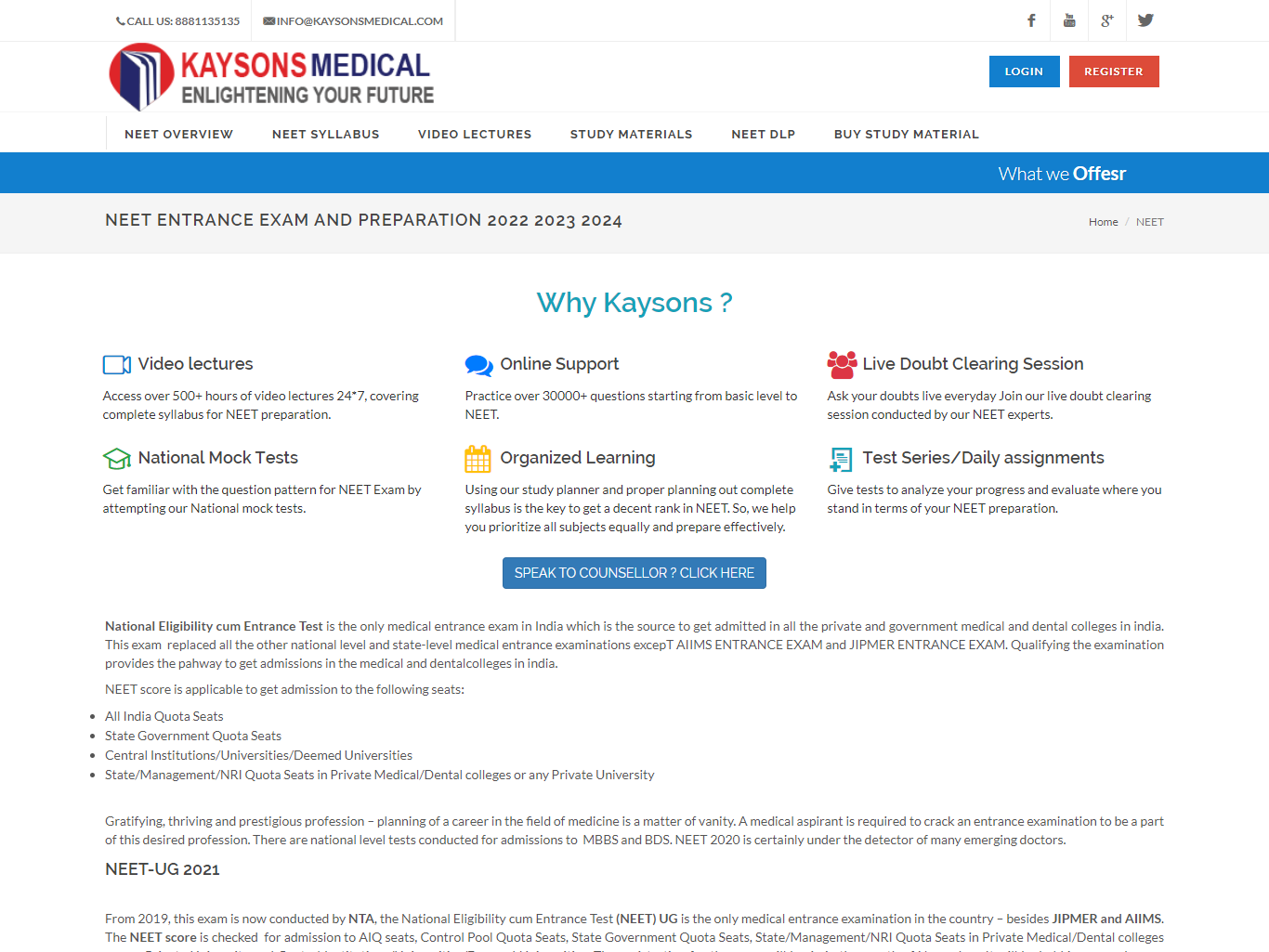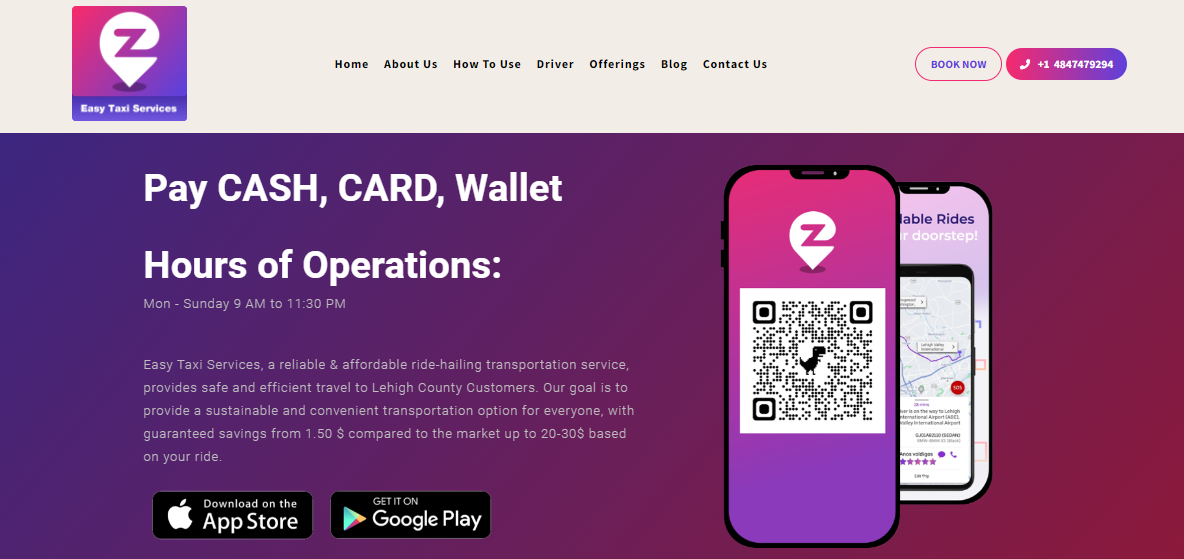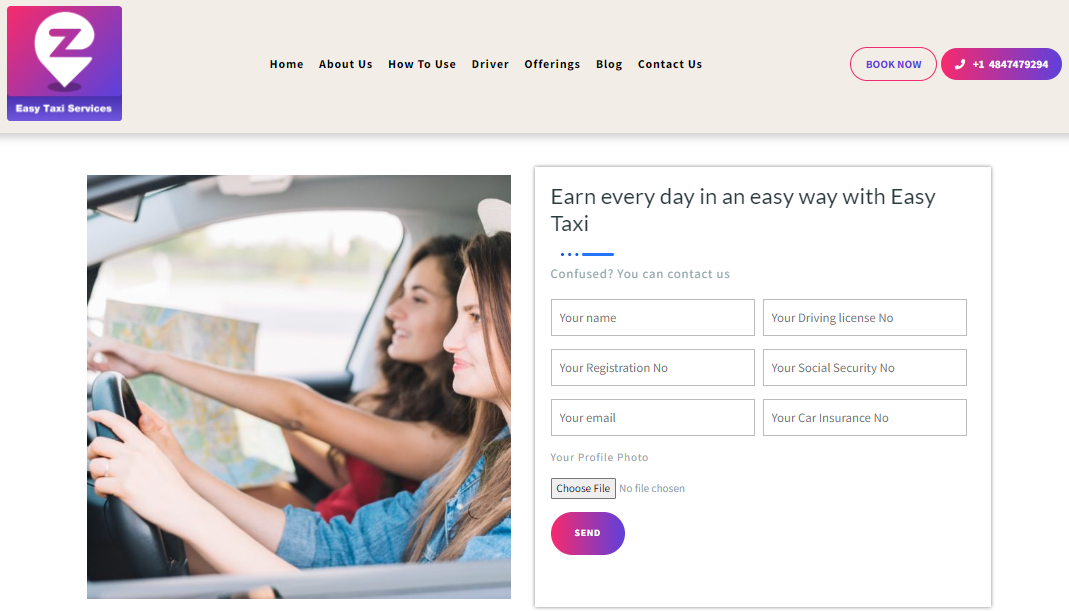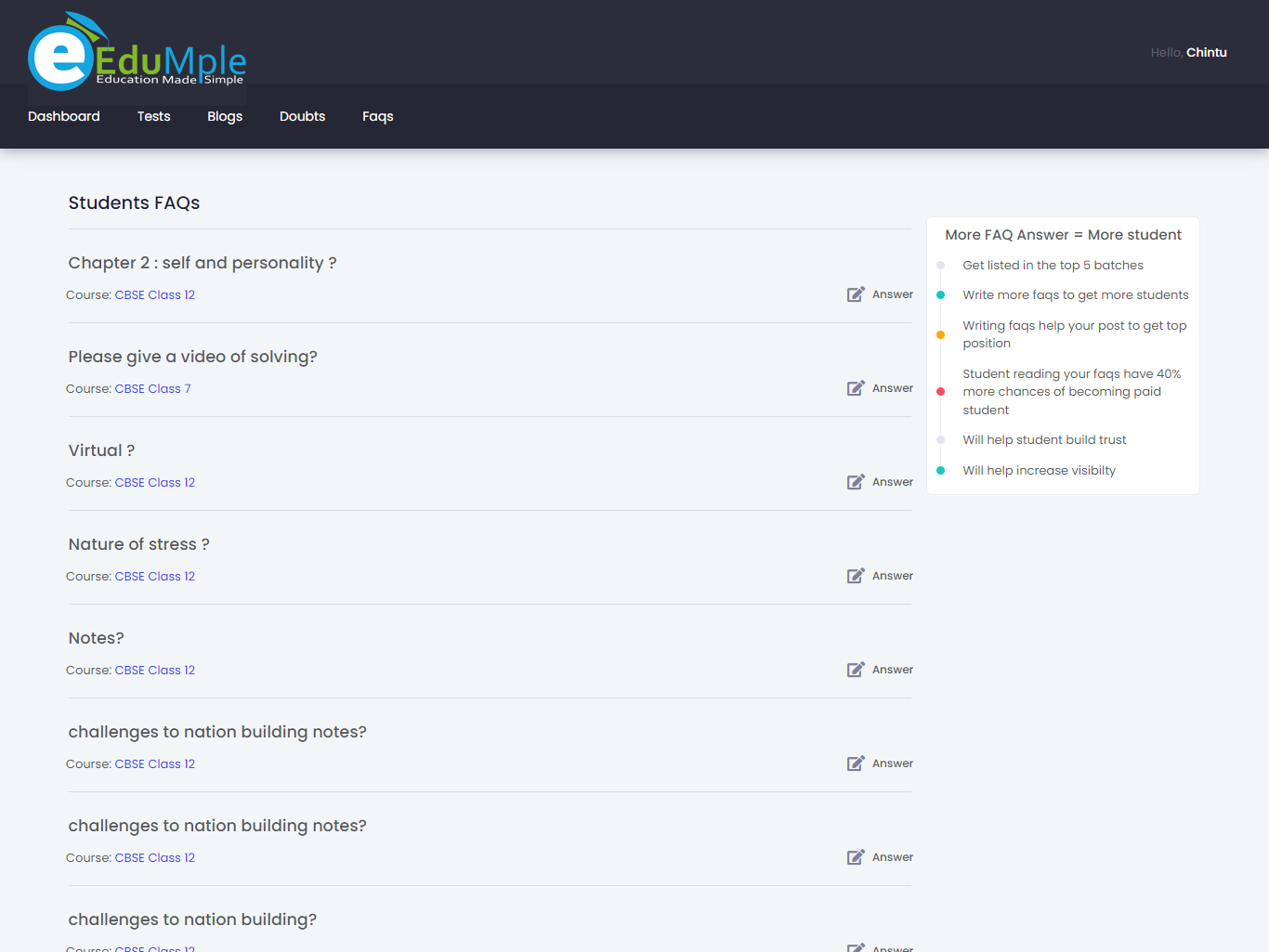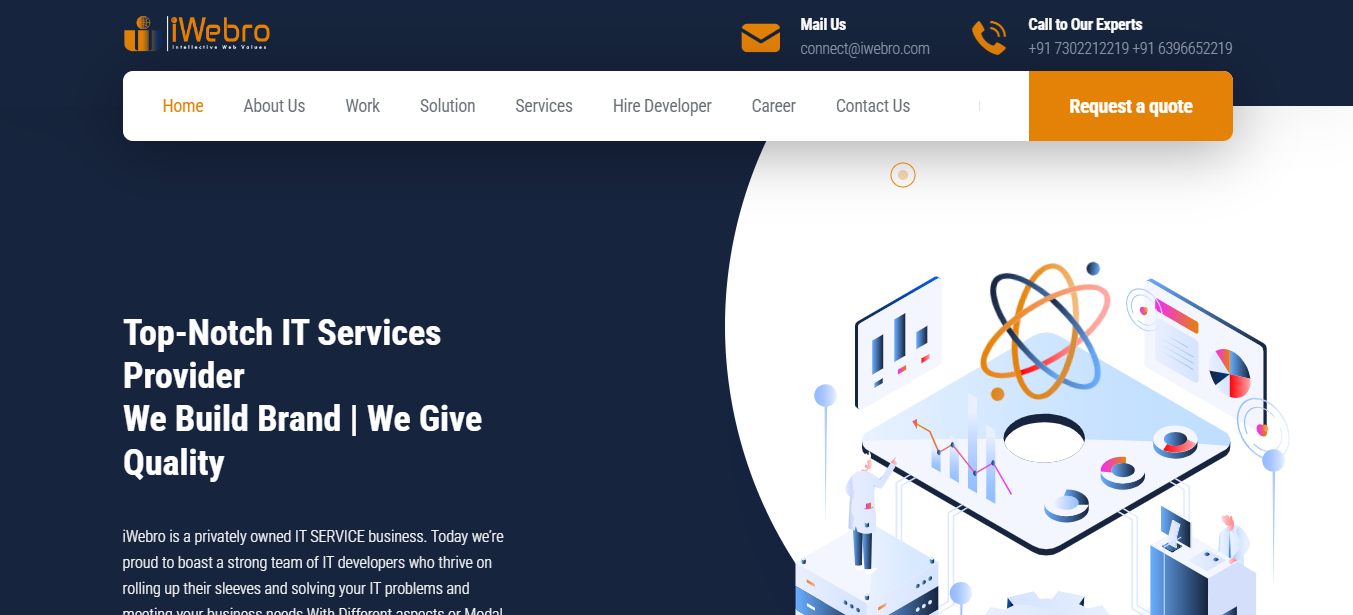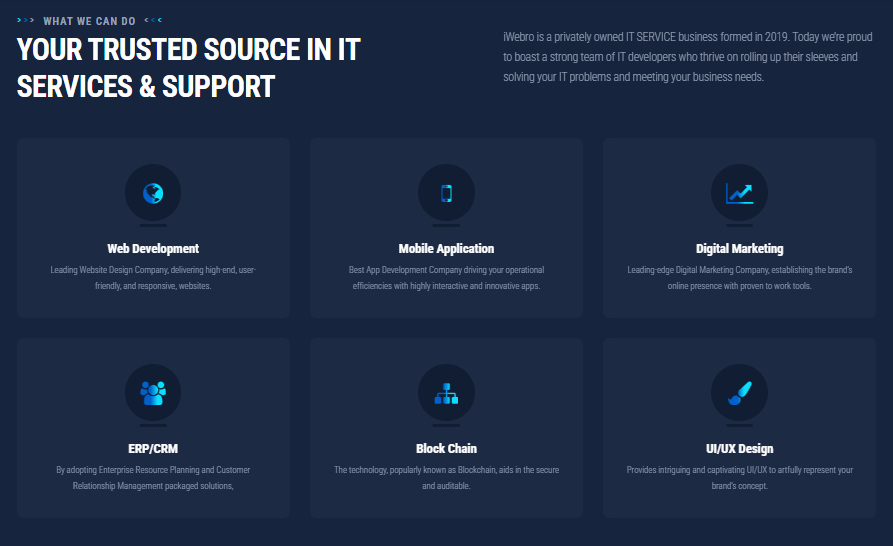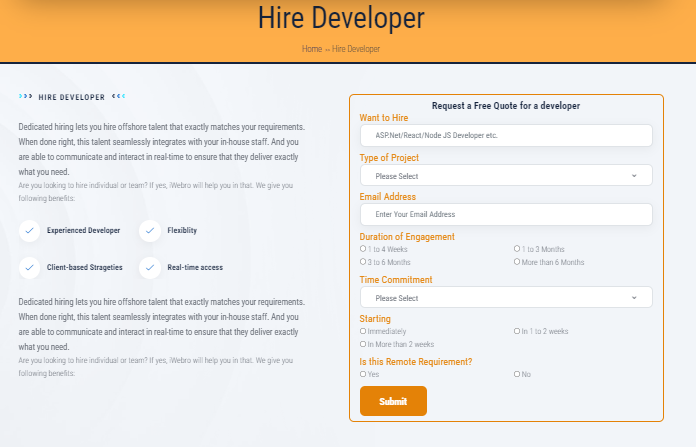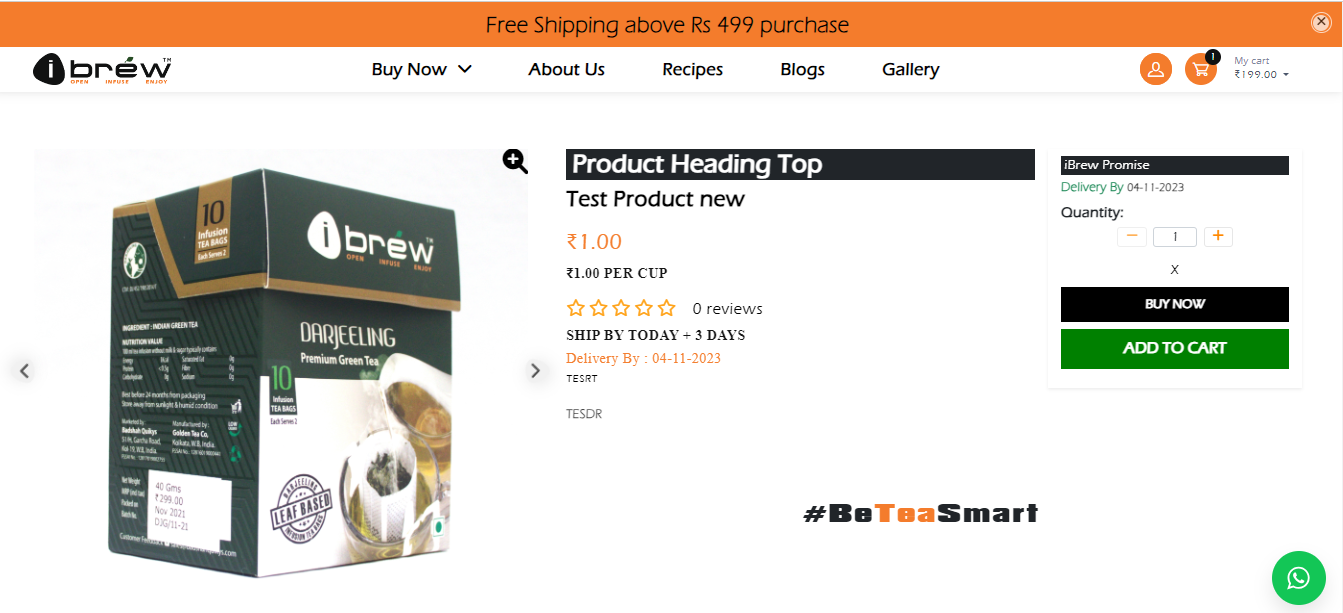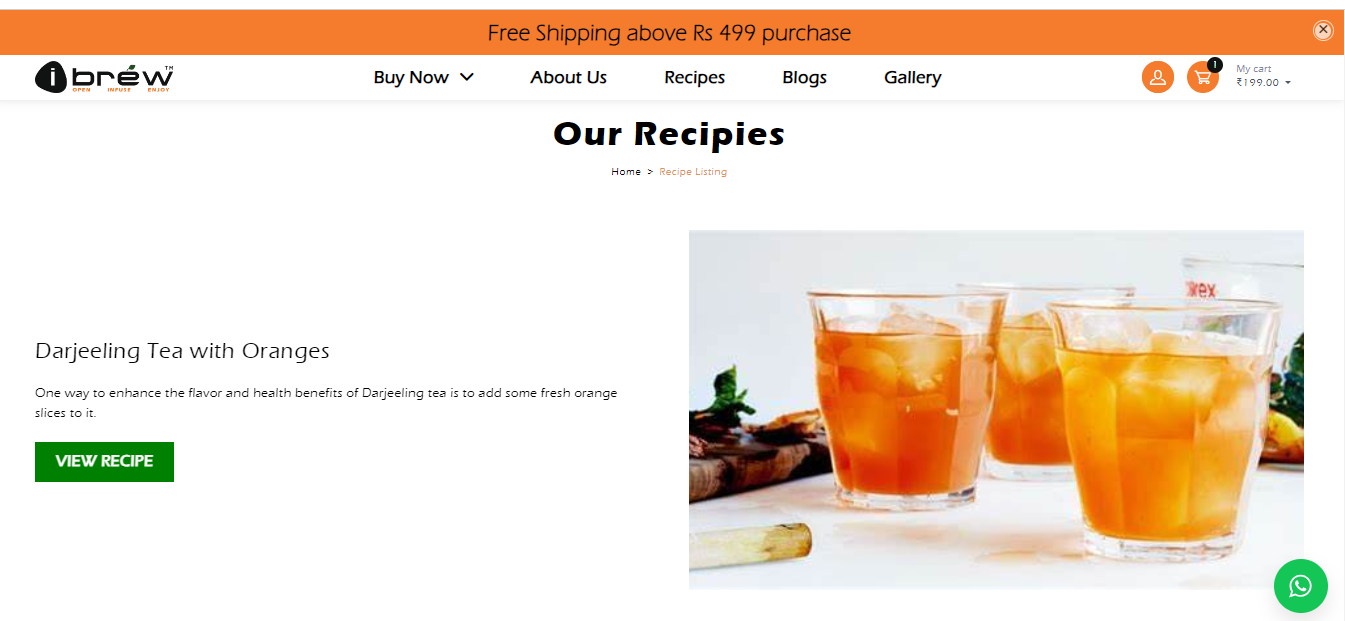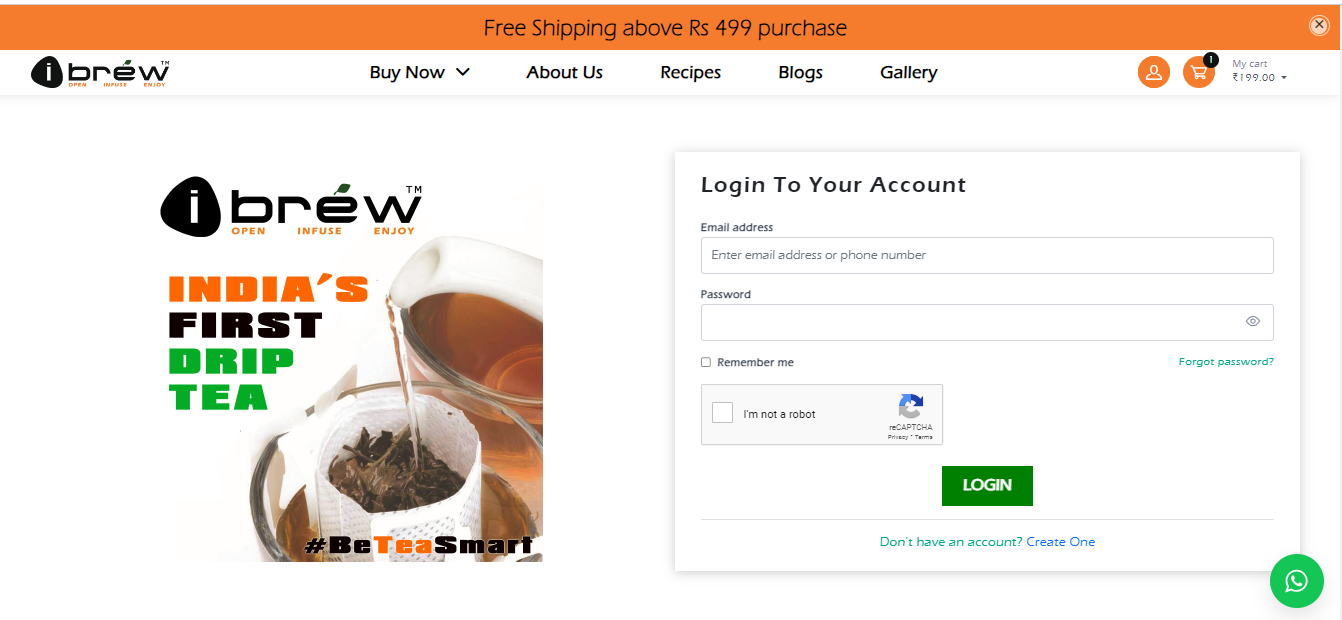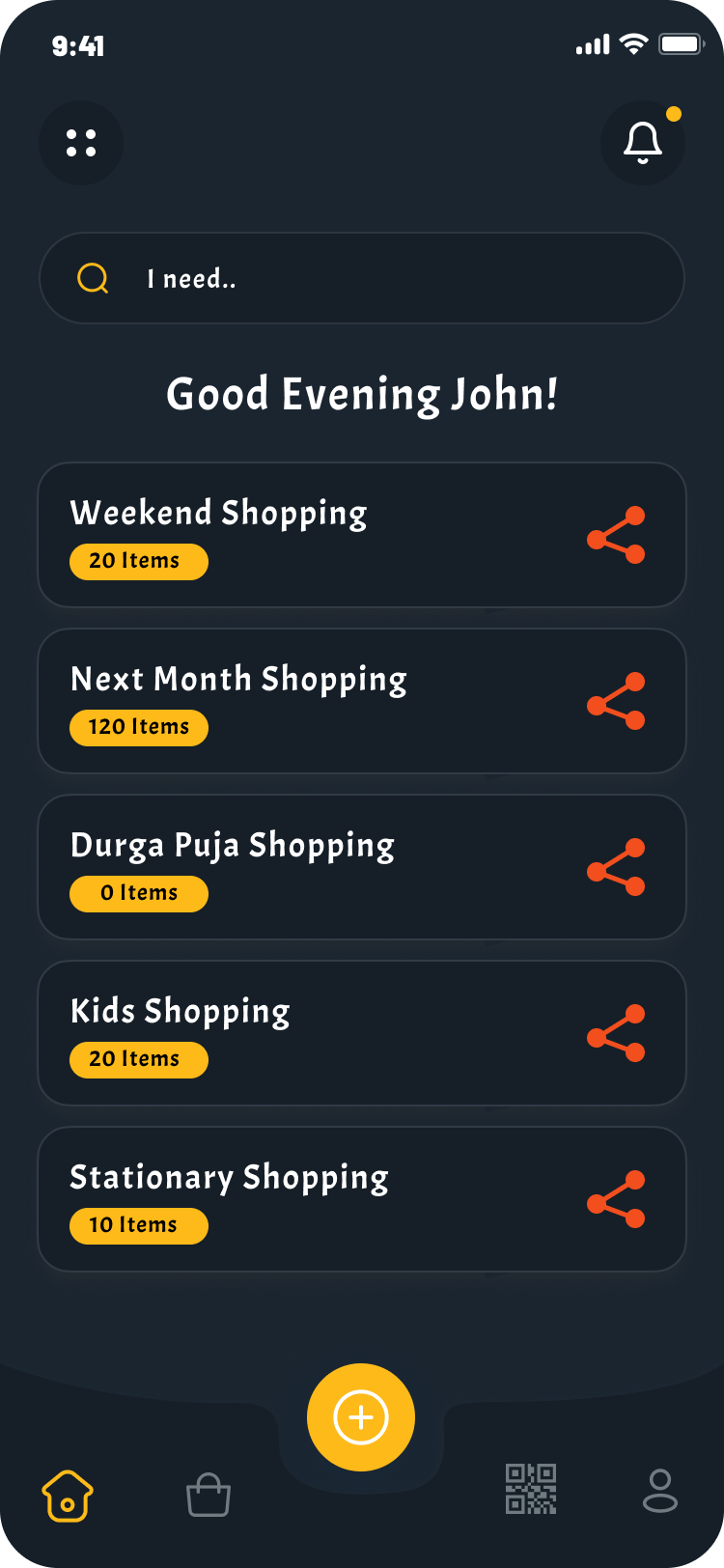Having a fully functional website isn’t enough to stand out in today’s congested eCommerce sector; a strong local SEO strategy is essential. Improving your local SEO can have a big impact on attracting local customers, whether you’re an established business or an emerging eCommerce company.
You may have missed or will miss opportunities to increase your return on investment (ROI) in this age of smartphones and other potentially crucial items. There is no shortage of businesses out there claiming to be able to increase the number of high-quality leads for their customers, but are they succeeding?
If you own an online store, you can increase your visibility, traffic, and sales by implementing these local SEO strategies. We as a core e-commerce service provider can assure you that these things will definitely go to help you with your business.
Table of Contents
ToggleThe Best eCommerce Website's Local SEO Step-by-step
1. Optimize Your Google My Business Profile
Google My Business (GMB) is a powerful tool for any local business, including eCommerce websites. It allows you to manage your online presence across Google, including Search and Maps. To optimize your GMB profile:
- Ensure Accuracy: Verify that your business name, address, and phone number (NAP) are accurate and consistent across all platforms.
- Utilize Keywords: Incorporate your primary keywords, like if you are operating a business from the hotel sector then you can use it as the best hotel in Kolkata under budget in your GMB description and posts.
- Encourage Reviews: Positive reviews not only boost your reputation but also improve your local search rankings.
2. Incorporate Local Keywords in Your Content
Using local keywords is essential to ranking higher in local search results. Research keywords that your target audience is likely to use when searching for products or services in your area.
- Blog Content: Regularly create blog posts that focus on local events, news, or community issues while integrating keywords that you find useful.
- Product Descriptions: Tailor your product descriptions to include local keywords, especially if your products have local relevance.
- Meta Tags and Descriptions: Don’t forget to include local keywords in your meta titles, meta descriptions, and alt tags for images.
3. Optimize for Mobile Search
With the increasing use of smartphones for online shopping, mobile optimization is no longer optional—it’s a necessity. Google prioritizes mobile-friendly websites in search results, so ensure your eCommerce site is responsive and provides a seamless mobile experience.
- Mobile-Friendly Design: Your website should automatically adjust to fit the screen size of any device, making navigation easy.
- Fast Loading Times: Compress images and optimize code to reduce loading times, as Google favors faster websites in search rankings.
4. Build Local Backlinks
Backlinks from local websites can significantly improve your local SEO. Reach out to local blogs, news outlets, and business directories to get your website listed.
- Local Directories: Submit your business to local online directories, ensuring your NAP information matches across all platforms.
- Partnerships and Sponsorships: Collaborate with local businesses or sponsor local events, which can lead to mentions and links on their websites.
5. Use Social Media for Local Engagement
Social media platforms are excellent for engaging with your local audience and driving traffic to your eCommerce website.
- Localized Posts: Share content related to your local area, including events, promotions, or local news, while integrating keywords.
- Engagement: Actively respond to comments and messages from local customers, creating a community around your brand.
6. Use Schema Markup for Web Pages
Schema markup helps search engines understand the context of your content, improving your chances of appearing in rich snippets or local pack results.
- Local Business Schema: Add local business schema to your website to help search engines display relevant information, such as your business hours, address, and contact details, in search results.
- Product Schema: If you’re selling products locally, use product schema to highlight important details like price, availability, and reviews.
7. Monitor and Analyze Your Local SEO Performance
Regularly tracking and analyzing your local SEO performance is crucial to understanding what’s working and where improvements are needed.
- Google Analytics: Use Google Analytics to track local traffic and monitor how users are interacting with your website.
- Local Rank Tracking: Tools like Moz or Semrush can help you track your rankings for local keywords
Conclusion
The local search engine optimization (SEO) of your online store is a complex process that calls for constant work and careful attention to detail. Incorporating local keywords, making sure your site is mobile-friendly, constructing local backlinks, making use of social media, utilizing schema markup, and keeping an eye on your performance can all help you optimize your Google My Business profile and boost your exposure in local search results. If you own an online store and want to attract local customers, one of the best things you can do is to hire an SEO agency by searching SEO services near me. Never discount the significance of local SEO; it may hold the secret to realizing your website’s maximum potential.
